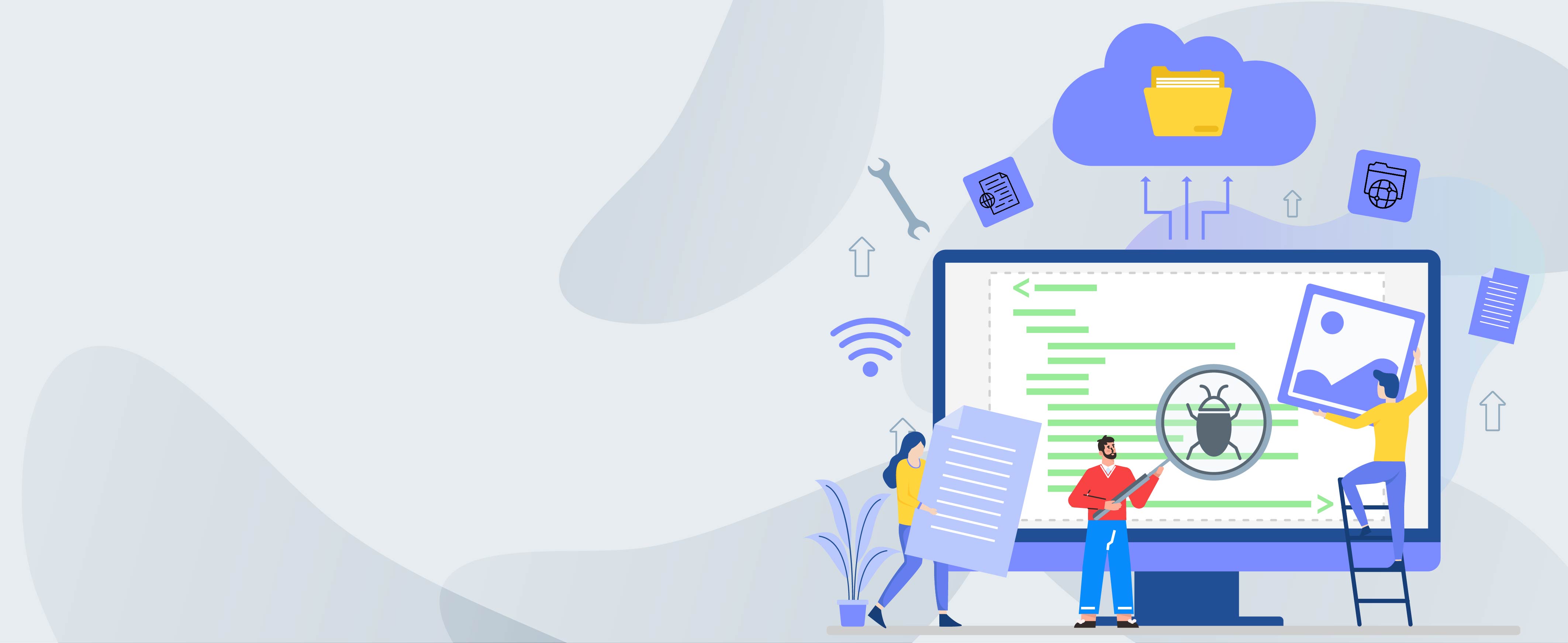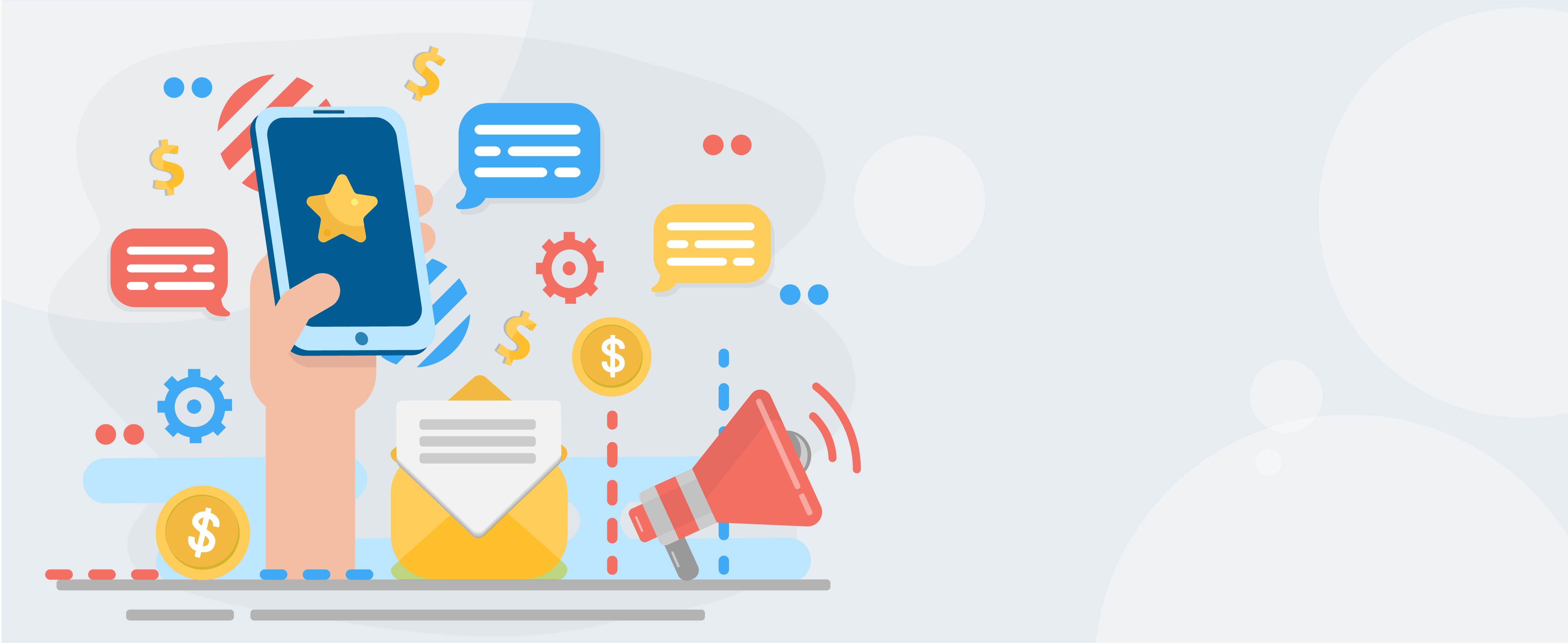The internet is an outstanding source of information. From social media networks to e-commerce sites, a vast quantity of priceless data is available online. Whether you are a researcher, data scientist, or curious individual, there might be times when you need to collect information from sites to extract invaluable insights.
This is where web scraping solutions prove useful. It is a powerful method, allowing you to scrape data from websites automatically. Python, a beginner-friendly and versatile language, provides powerful tools and libraries that make data extraction a breeze. In today’s guide, we will share a step-by-step guide on how to scrape data using Python.
What Is Python, And Why Is It An Excellent Language For Web Scraping?
It is an adaptable programming language that can be used for several tasks, from developing software to websites to automating particular tasks and even machine learning. It is compatible with almost all kinds of programs and was not designed for a specific objective.
Here are a few reasons why it is a superb choice for your web scraping project:
- It offers many libraries that can be used for countless functions and are best for data manipulation and web crawling projects.
- It is famous for its beginner-friendly nature, as it does not use symbols like curly brackets and semicolons, making the code less complex.
- Web scraping services aim to gather information quickly and save time. Python is streamlined and requires only a little code to accomplish the user’s goal.
How To Do Web Scraping Using Python?
Follow these steps to scrape data using Python.
-
Set Up Your Development Environment
Before starting web scraping, set up your development environment. First, install Python on your device. You can download Python’s latest version from the official website and follow the installation guidelines.
After installing it, write your code using an integrated development environment (IDE) or text editor. Some popular options for Python development include PyCharm, Studio Code, and Jupyter Notebook. Pick one that suits your preferences and requirements.
-
Install The Essential Libraries
Python offers many libraries that simplify web scraping solutions. Two of the most popularly used libraries are Beautiful Soup and Requests. Beautiful Soup library parses XML and HTML documents. It provides tools for navigating, searching, and changing the parse tree.
However, with the Requests library, you can send HTTP requests and handle the responses effortlessly. It is used to retrieve web pages’ HTML content. To install these libraries, use the Python package manager, pip, and run the following commands in your command prompt or terminal:
pip install beautifulsoup4
pip install requests
-
Write Scraping Code
You need to write Python code to carry out web scraping services. Begin by importing the required libraries. Use the following code to import them:
import requests
from bs4 import BeautifulSoup
Then, send an HTTP request to the target website and retrieve the HTML content.
url = 'https://www.example.com'
response = requests.get(URL)
html_content = response.text
-
Parse HTML With Beautiful Soup
After getting the HTML content, you can parse it using Beautiful Soup. This great library will generate a navigable tree structure from the HTML, enabling you to effortlessly navigate and extract the desired data. Here is an instance of how to parse HTML using Beautiful Soup:
soup = BeautifulSoup(html_content, "html.parser")
-
Extract Data
With the parsed HTML, locate specific elements and extract the needed data. Beautiful Soup offers numerous methods for pinpointing elements based on their ids, classes, tags, or other attributes.
You can retrieve the required data by accessing the element’s attributes or text. Here is an instance that extracts a webpage’s all links:
for link in soup.find_all("a"):
print(link.get("href"))
-
Handle And Store Data
After scraping the data, process it further or save it in a suitable format like CSV or JSON file. Python offers libraries for handling these file formats. Pick the one that aligns with your requirements.
Conclusion
So, there you have it. By following our guide, you can easily collect data from websites using Python. Scraping Home is the finest choice if you are looking for web scraping services that can deliver accurate and bespoke data solutions to drive your business forward.


